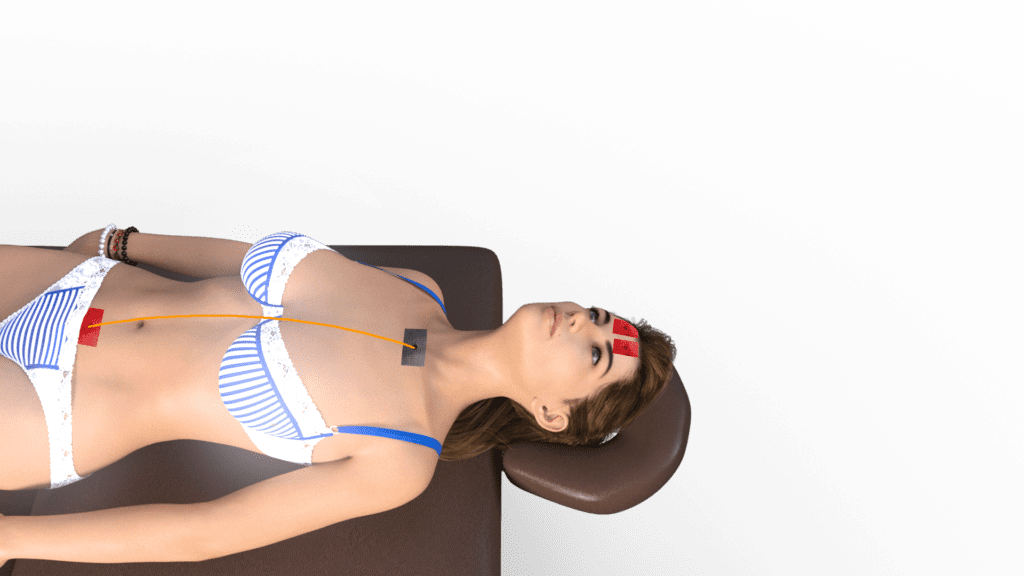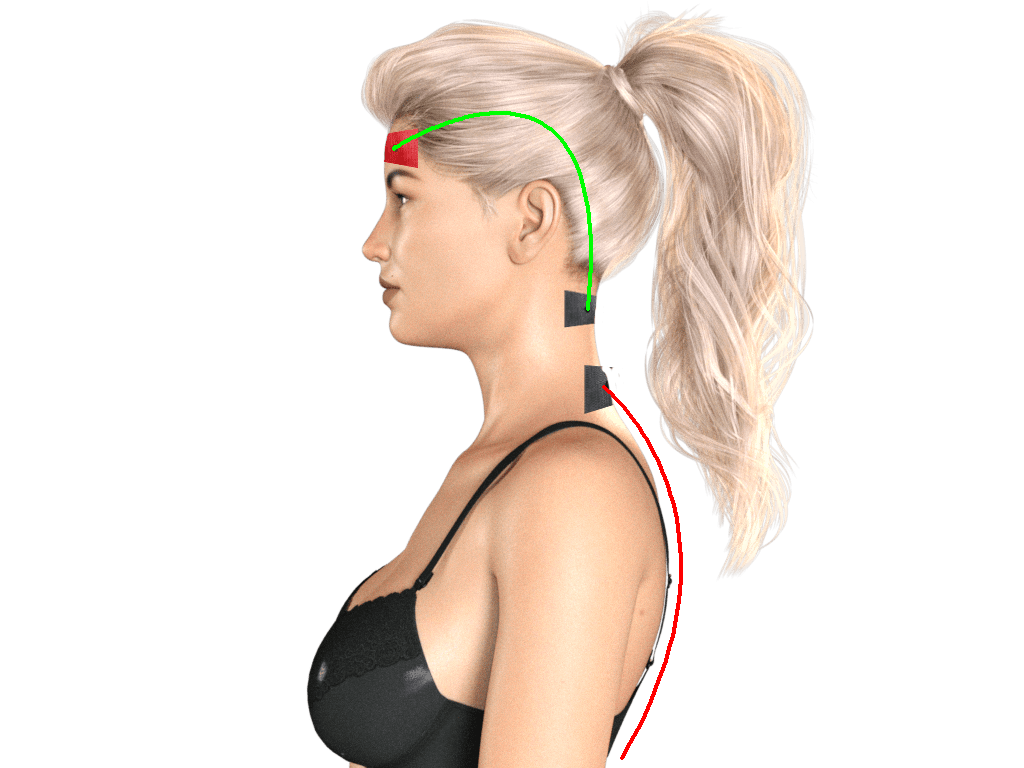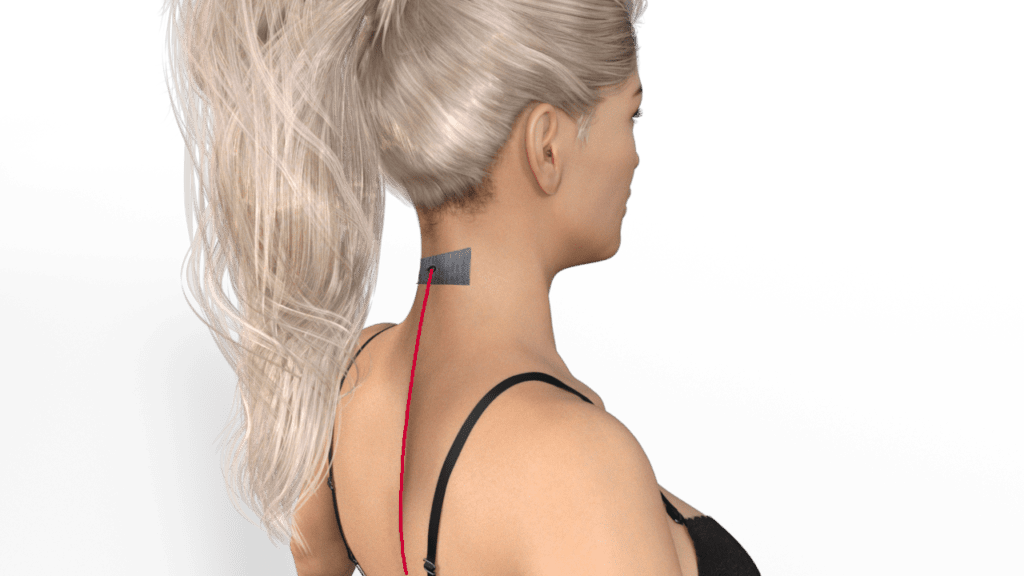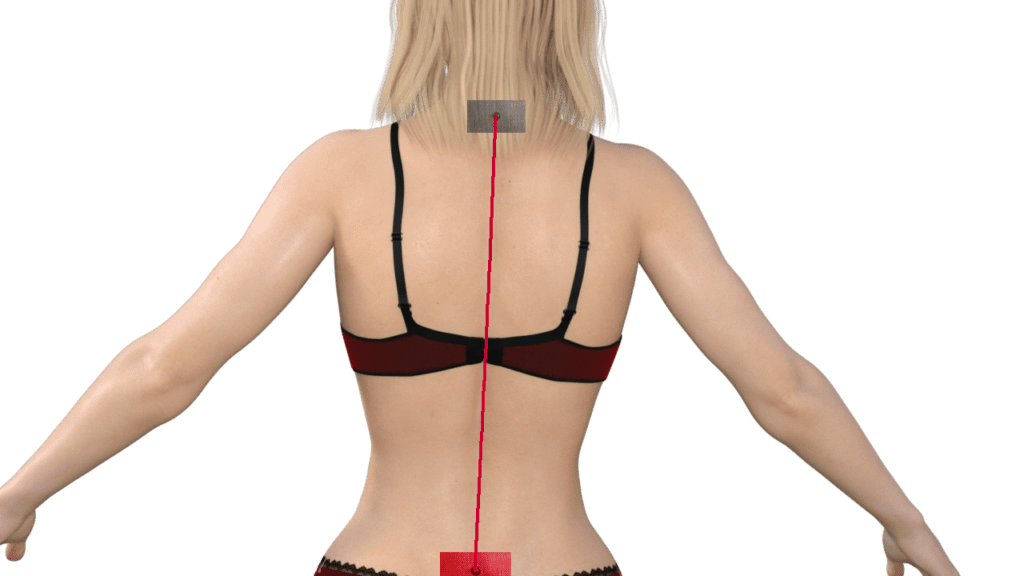Luxxamed in Neurology
Dieser Beitrag ist auch verfügbar auf:
![]() Deutsch
Deutsch
Luxxamed in Neurology
Based on the experiences of physiotherapist Inge Metag, Kiel. 2008-2010
All diseases that are associated with neurological symptoms are complex events with different presence of individual symptoms. Thus, not only individual differences determine the course and thus non-identical approaches in therapy the nature of the disease and the coping with the affected persons. Depending on the focus of the medical practitioner outweigh first drug settings, advice on changing habits and occasionally regulations to the physical LUXXAMED therapy to reduce symptoms or temporarily eliminate.
Affected persons who are given the opportunity of the LUXXAMED application, therefore, have clearly different attitudes and expectations.
It is important for the respective practitioner, together with the person concerned to classify the current clinical picture or individual neurological symptom in the overall course, currently-situationally evaluate and accept, so after immediate entry into a series of treatments from application to application is not always the same and under circumstances not always working with just one program.
These assessments are based on experience with patients with Parkinson’s disease, MS patients, polyneuropathy sufferers, spastic paralyzed people and the needy with restless legg problems.
Surprisingly, hardly any patient gave any feeling of change after the first application. Almost everyone signaled that they had “felt something”, but this was not related to the feeling of flow during treatment (if at all perceived).
Identical remarks in Parkinson’s disease: reduction or temporary elimination of rest or intention tremor; safer gait and engaging in everyday movements. For MS-Pat: lighter and more relaxed overall body sensation, with an indication of a renewed episode, the inflammatory program especially head and / or spine-related; in the case of patients with spasticity, longer spasticity reduction than after taking medication or Physical Therapy; with rest-legg immediate calm and undisturbed sleep. Patients with polyneuropathy usually needed to complete a series (on average 6 to 10 applications) and coupled with active therapy in order to achieve more standing and gait stability depending on the stage (relatively less effect on previously performed purely active measures).
At various times within the series, the patient information on improvement to some years existing complaints / problems that have long been suspected no longer influenceable. Last but not least, this means that lost movements, independence, self-conceptions and thus quality of life could be activated or recuperated. Accordingly, there were differences to the previous everyday design, habits changed, higher load requirements were realized. In this context, it was not surprising that sore muscles, fatigue after considerably higher physical performance or joint or spinal pain triggered by it were suddenly expressed. It was and is important to take this patient information into account immediately in the planned planned application! For example, the regeneration program or selected pain programs are becoming increasingly important. The local use of the hand electrodes instead of the stable electrode systems with a corresponding program is to be favored taking into account the current problem. Whether you still have to continue working with the standard entry-level program is decided by the previous application. This also shows the need to continually redefine the treatment (program) focus for further applications. As a general statement for the applications in all the patient species mentioned above, the sooner they, after having noticed a symptom or become acutely aware of it, initially felt significant effects after 3 to 5 treatments and the longer the deficit persisted, at least 10 to 12 treatments were needed. It is also important from the beginning to point out to the patient that progressing or relapsing-related illnesses can be favorably influenced in their course over time and that reparative effects from LUXXAMED therapy can be possible in the interim. However, there should always be a need for continuity in LUXXAMED accompaniment. foreground. (Metag, 2010)
Placements of electrodes for Luxxamed neurologic treatment

- Channel A and B, each stick the cathode on the forehead.
- Lay channel C from the sternum to 2-3 fingers below the belly button.

- The anode of channel A and channel B stick to the cervical spine.
- The anode of channel D also stick to the cervical spine.

- The cathode of channel D also stick to LWS / Sakrum.





